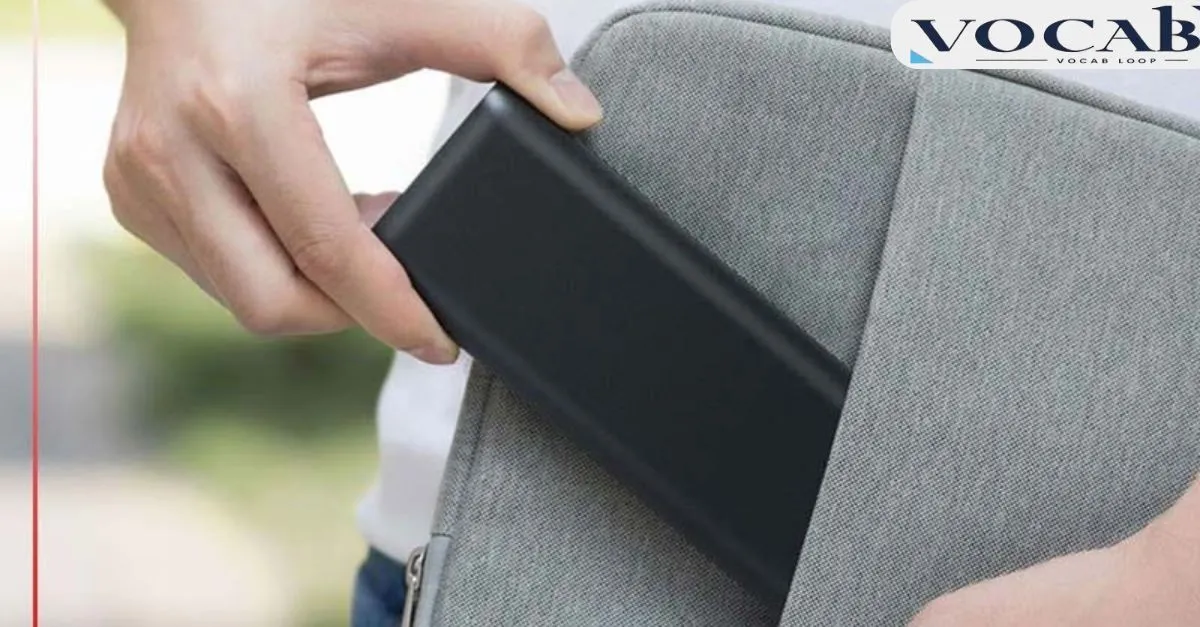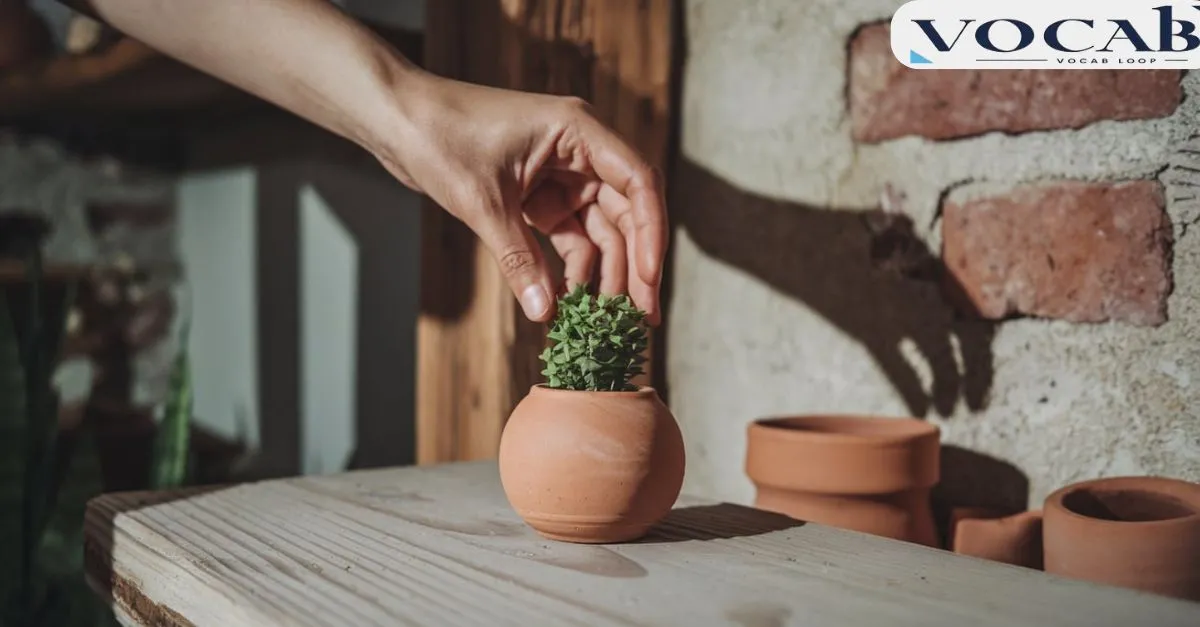The past tense of “put”, along with its past participle form and conjugation patterns, is crucial for mastering English. “Put” is an irregular verb with a unique characteristic: it remains the same in both the present and past tense, unlike many verbs that change form. This makes “put” simpler to use, but it can still be confusing for learners due to its broad range of meanings and applications.
In this guide, we’ll cover everything you need to know about the verb “put”—its definition, pronunciation, grammatical properties, and full conjugation across different tenses. We’ll explore “put” in perfect tenses, continuous tenses, and the conditional tense, with examples to clarify its usage. We’ll also discuss common errors and answer frequently asked questions to ensure you’re using this essential verb correctly and confidently. Mastering “put” will help in conversations, descriptions, and instructions, making it a valuable tool in your English language toolkit.
Is the Put Word Correct?

Yes, “put” is indeed a correct and frequently used English verb. It’s a transitive verb, meaning it typically requires a direct object. So, you wouldn’t say “I put,” but rather “I put the book on the table.”
As an irregular verb, it doesn’t follow the usual rules for verb tense changes, which makes it unique in the English language. For example, while “talk” changes to “talked” in the past tense, “put” remains the same.
Definition of Put
At its core, “put” means to place or position something somewhere. It involves moving an object to a specific location or arrangement.
This simple action is fundamental to everyday language, making “put” one of the most widely used action verbs in English.
Meaning of Put
“Put” covers a broad range of actions. You can put down an object, like placing a book on a table, or put on clothes, such as wearing a jacket.
Despite its simplicity, the verb has countless applications and can describe various actions, making it indispensable in daily conversation.
The Versatility of Put
One reason “put” is so common is its versatility. It combines with other words to create phrases that convey different meanings. For example, “put up with” means to tolerate, “put down” can mean to criticize or to place something down, and “put in” may refer to adding effort or contributing to something. Each phrase gives “put” a unique context, showing how adaptable the verb can be.
What is the Past Tense of Put?

In English grammar, the past tense of put is simply “put”. Unlike regular verbs that require a change in spelling (like “talk” to “talked”), “put” stays the same in both the simple present and simple past tense. This feature makes “put” part of a rare group of irregular verbs that have identical forms in the present, past, and past participle tense.
Past Participle of Put
Just like the past tense, the past participle of put is also “put”. This past participle form is particularly useful when forming perfect tenses. For example, in present perfect tense, we would say, “I have put the keys on the counter.”
The past participle remains consistent, making “put” straightforward, especially when compared to other English verbs that have multiple forms depending on the tense usage.
Quick Summary
| Tense Form | Example |
| Simple Present | I put the book down. |
| Simple Past | I put the book down. |
| Present Perfect | I have put the book down. |
| Past Perfect | I had put the book down. |
| Future | I will put the book down. |
| Future Perfect | I will have put the book down. |
Pronunciation of Put
Pronouncing “put” is typically straightforward, especially in American English. It’s pronounced as /pʊt/ with a short “u” sound, which is often easier for native English speakers.
Remember, it rhymes with “foot” rather than “but.” This short vowel sound can sometimes be challenging for new learners, so practicing its pronunciation in phrases can help you master it.
Grammatical Properties of Put
As a transitive verb, put generally requires an object to complete its meaning. You might say, “I put the book on the table,” but you wouldn’t usually say, “I put.” It is also an action verb, as it indicates an action being performed.
“Put” belongs to a unique category of irregular verbs that do not change in the past tense, present tense, or past participle form. Its usage extends across various verb types, including indicative, imperative, and conditional moods.
Forming the Past Tense of Put

Forming the past tense of put is as simple as repeating the word itself, with no changes in spelling or structure. This feature sets “put” apart from most other English verbs, particularly regular verbs, which often add “-ed” for the simple past tense.
For instance, while the verb “walk” becomes “walked” in the past tense, “put” remains the same. This consistency applies across English verb conjugation and in tense structure involving “put.”
More Verb Tenses with “Put”
The verb “put” is used across all perfect tenses and progressive tenses. In perfect tenses, it combines with auxiliary verbs like “have” or “had” to indicate completed actions. For example, “I have put” is the present perfect tense, while “I had put” is the past perfect tense.
In progressive tenses, it forms with “be” verbs, as in “I am putting” for present continuous. These tense forms help specify the timing of actions, especially useful in longer narratives or instructions.
Full Conjugation of “Put”
| Mood | Conjugation Example |
| Present Indicative | I put the book down. |
| Past Indicative | I put the book down yesterday. |
| Present Continuous | I am putting the book down now. |
| Past Continuous | I was putting the book down then. |
| Future | I will put the book down tomorrow. |
| Imperative | Put the book down! |
Common Uses and Examples

Simple Present: “She puts the keys on the table every morning.”
Present Continuous: “I am putting the groceries away right now.”
Simple Past: “He put his bag on the chair.”
Past Continuous: “They were putting up the decorations all day yesterday.”
Present Perfect: “I have put the book on the shelf.”
Present Perfect Continuous: “She has been putting a lot of effort into the project.”
Past Perfect: “They had put all the chairs in place before the event started.”
Past Perfect Continuous: “I had been putting off the meeting for weeks.”
Future Simple: “We will put the files on your desk tomorrow.”
Future Continuous: “I will be putting the kids to bed at 9 PM tonight.”
Using “Put” Correctly
To use “put” correctly in negative and affirmative forms, simply add “do not” or “does not” in the present tense, as in “I do not put my phone on silent.” In commands, “put” can stand alone as an imperative:
“Put that away!” In questions, it’s usually paired with “do” or “did,” such as “Did you put it on the table?”
Common Mistakes and How to Avoid Them
A common error with the verb “put” is adding “-ed” to make the past tense, resulting in the incorrect form “putted.” Remember, “put” stays the same in both present and past tenses.
Another mistake is using “put” without a direct object, which can make the sentence unclear. Always include an object to specify what’s being placed or moved.
Origins of Put

The word “put” has a fascinating history rooted in Old English, tracing back to the word putian, which means “to place or set.” This verb has Scandinavian origins as well, closely related to Old Norse putta, which also means “to push.” Over the centuries, put retained its core meaning, referring to actions like placing, setting, or positioning something. Unlike many other English verbs that evolved in form or acquired complex conjugations, “put” stayed consistent, keeping its single, straightforward structure across verb tense changes.
One reason for this simplicity is its adaptability. The verb “put” can be combined with various prepositions to create new meanings—phrases like “put up with,” “put off,” or “put across” add different nuances to the base word. This flexibility has kept “put” relevant and highly versatile, allowing speakers to use it in a variety of situations while still capturing the original sense of setting or positioning. Today, “put” remains one of the most common action verbs in English, thanks to its clarity and usefulness in everyday language.
Synonyms of Put
- Place
- Set
- Position
- Lay
- Insert
- Arrange
- Establish
- Attach
- Assign
- Situate
FAQs
Is “putted” a word?
No, “putted” is incorrect when used as a past tense form.
Can “put” be used without an object?
No, “put” is a transitive verb, meaning it usually requires an object.
What’s the difference between “put” and “place”?
“Place” is more formal and specific, whereas “put” is more general.
Is “put” always irregular?
Yes, “put” is an irregular verb with no change across tenses.
How do I form the future tense of “put”?
Simply add “will” before “put” to make “will put.”
Conclusion
The past tense of put, its past participle, and verb conjugation are all straightforward due to its unchanging form. This simplicity makes “put” a useful and accessible verb in English. Whether in simple past tense, present continuous, or future perfect forms, “put” adapts to any tense without a change in spelling, making it unique among English verbs.
Mastering “put” opens doors to better **English fluency**, so use this guide as a reference whenever you encounter it in conversation or writing.

Alex Hormozi is a seasoned blogger at Vocab Loop, known for his deep insights into language, vocabulary, and grammar. With years of experience in writing, Alex shares practical tips and effective strategies to help readers improve their linguistic skills and enhance their writing abilities.

